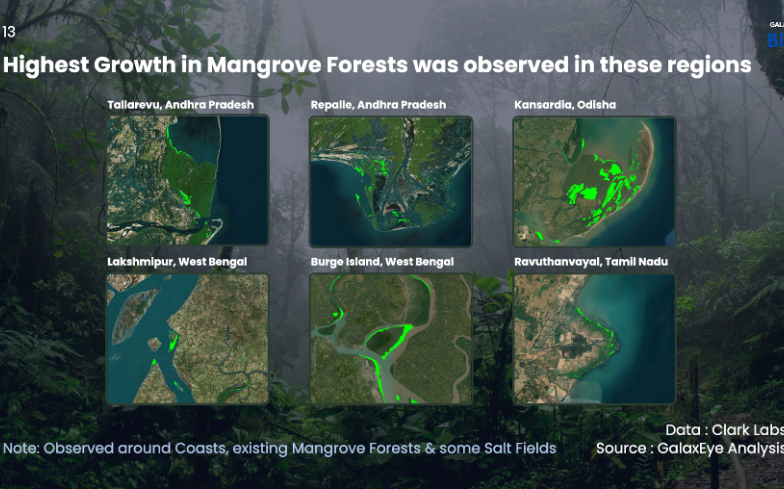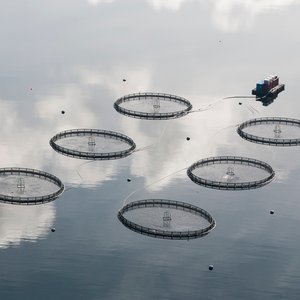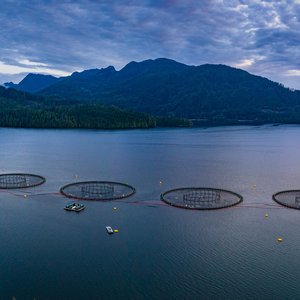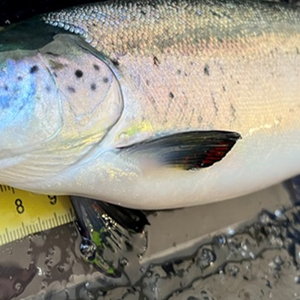Recent reports have accused India of continuous, widespread mangrove destruction through the expansion of shrimp farming on the country’s east coast. A recent commentary by Willem van der Pijl, owner of Shrimp Insights, found these accusations to be unfounded. The study was based on satellite imagery analysis by Indian space tech start-up GalaxEye Space using its own aquaculture pond database and Clark Labs’ mangrove database .
The majority of India’s shrimp farms and mangroves are concentrated on the east coast. For this reason, GalaxEye Space has limited its analysis to the East Coast. Data on mangroves from Clark Labs and analysis using GalaxEye Space’s proprietary pond database show that between 1999 and 2022, the land covered by fish and shrimp ponds expanded by 87%, and that the total area covered by mangroves increased by 8%. In 2022, around 385,000 ha on the east coast was covered by fish and shrimp ponds, and around 260,000 ha was covered by mangroves.
Amidst strong conservation and afforestation efforts, as well as the natural expansion of mangrove forests, the total area of land covered by mangroves increased from 1999-2022, a period of 23 years, by 20,000 ha (8%). As 9,550 ha of land was lost during the same period, the gross increase of mangroves was even close to 30,000 ha.
While the total area under mangroves increased, also some mangroves were lost. The majority of mangroves during this 23-year period were lost for a variety of reasons: because of climate change, tropical storms, industry expansion, and other agricultural activities to name a few. These reasons, according to GalaxEye Space’s analysis, resulted in a loss of around 8,800 ha of mangrove forests.
“Over the same 23-year period, mangrove to fish or shrimp pond conversion was limited to an area of 750 ha. To put this in perspective, this figure represents just 0.3% of the total land covered by mangroves and only 0.2% of the total fish and shrimp pond area. Placing these figures in context makes claims accusing India’s shrimp industry of continuous and widespread mangrove destruction not only unfair and misrepresentative but also unfounded,” van der Pijl said.
Industry coexisting with vital ecosystems
India is one of the world’s largest shrimp producers and is home to some of the world’s most significant mangrove habitats. “While the shrimp industry is vital for India because of its economic significance and the number of jobs it creates, mangroves are essential for coastal protection, biodiversity, and carbon sinking. It’s in the interest of the industry and the wider Indian society that the shrimp industry and the country’s mangrove habitats not only coexist but also flourish,” said van der Pijl.
“While some deforestation has indeed happened over the past 25 years, contrary to common belief the numbers show that the scale of conversion does not justify the accusations being put on the Indian shrimp industry: as proved in this analysis, the industry’s impact has actually been quite limited. In my view, these claims are, therefore, unfounded, unfair and unjust. Even more, while the shrimp industry expanded rapidly during this period, the land covered by mangroves increased significantly, by more than 20,000 ha,” said van der Pijl. “It’s essential to spread this message within the industry, to retailers, and to consumers worldwide: accusations like this don’t only damage the Indian shrimp industry but the global shrimp industry more broadly. I’m asking you to help me spread this message.”
Read the full story here.







